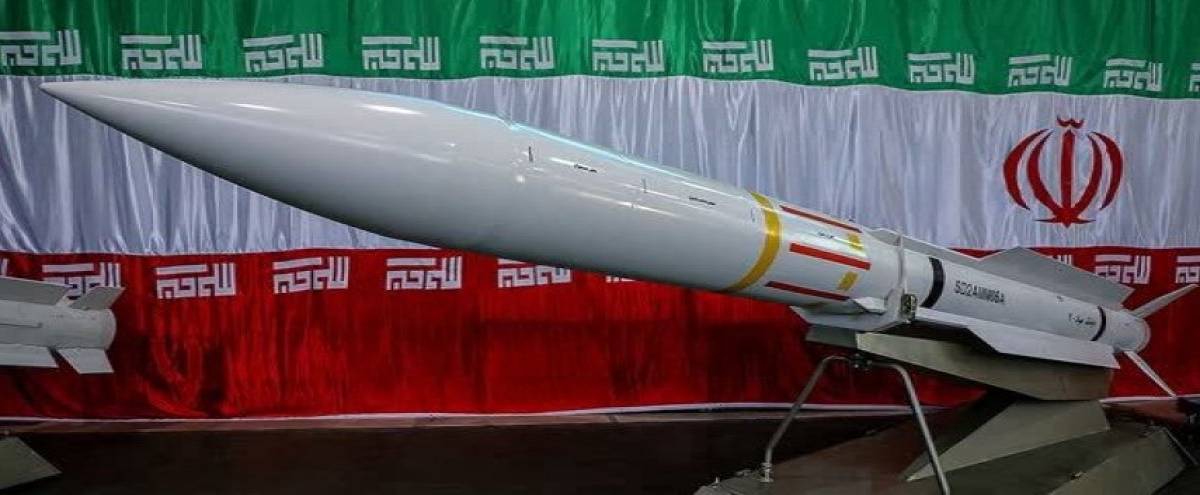1460 Views
Israel’s Worst Nightmare: Iran’s ‘Ghost Army’ that Even Precision Strikes Can’t Eliminate!
Iran’s asymmetric defense doctrine is rooted in the eight-year Sacred Defense and has evolved over recent decades across operational fields such as Iraq, Syria, Lebanon, and Yemen. This doctrine—emphasizing mobility, flexibility, technological asymmetry, and the use of non-state forces—has contributed significantly to Iran’s active deterrence capabilities. In essence, the Islamic Republic of Iran’s asymmetric defense doctrine is characterized by decentralized command, target dispersion, and covert tactics.
Generally, doctrines are divided into two branches: national and military. The military doctrine itself is subdivided into strategic, operational, and tactical levels.
At the strategic level, military doctrine involves directing the armed forces (IRGC and Army) in the broader theater of war.
At the operational level, it focuses on guiding ground, air, and naval forces in the field.
At the tactical level, it pertains to directing combat units during battle.
The national military doctrine, or what’s commonly referred to as the strategic level of military doctrine, aligns a nation’s military power with other dimensions of its national power. It provides a foundation for military-related state decision-making by setting general principles, fundamental rules, and a strategic course for deploying armed forces—taking into account Iran’s geopolitical position, international dynamics, and domestic conditions.
To counter external threats, particularly from Israel and the United States, the Islamic Republic of Iran has developed what is known as a "Mosaic Defense Doctrine". This doctrine entails dividing the defense structure into small, independent, and widely dispersed units throughout the country—each capable of decision-making and executing operations without central command dependency.
This concept proved effective during the recent Zionist regime’s assault and the targeted assassinations of senior Iranian commanders, which caused no disruption to Iran’s defense capabilities.
One of the cornerstone principles of Iran’s defense doctrine is Decentralized Command and Control (C2). In this model, operational decisions are distributed across various command levels rather than concentrated in a central headquarters. A term commonly used among Iranian armed forces is “fire at will”, meaning certain units are authorized to engage threats—such as flying objects—without prior clearance from command. This directly stems from the mosaic defense doctrine.
To further explain this doctrine and its role in Iran’s success during the 12-day war with Israel, several defining characteristics stand out:
1. Decentralized Command Structure: The IRGC, in particular, has segmented its command into 32 provincial units (aligned with administrative divisions). This ensures military operations can continue even if central command hubs are attacked, minimizing disruption in combat coordination.
2. Resilient and Alternative Communication Networks: In recent years, Iran has developed encrypted domestic communication systems and independent field networks that maintain unit coordination even during electronic warfare or satellite disruptions.
3. Enhanced Unit Self-Reliance: Iranian forces, especially in border and strategic areas, are trained to make tactical decisions independently during communication blackouts or electronic attacks. This approach draws from guerrilla warfare and the lessons of the eight-year war with Saddam Hussein’s regime.
4. Deterrence through Dispersion: By dispersing units and decentralizing combat power, Iran has complicated enemy calculations. The adversary can no longer predict what response might come from which point in the country if one location is attacked.
5. Coordination with Regional Allies: Beyond domestic defense structure, Iran integrates regional partners—such as Hezbollah, Hashd al-Shaabi, Ansarullah, and others—into a multi-layered response system that also falls under the mosaic doctrine.
Thus, Iran’s decentralized command structure not only reduced its vulnerability during the Zionist regime’s full-scale imposed war, but also increased its capability for swift, localized, and multi-axis responses. Decentralization enhanced the survival and effectiveness of military units facing precision attacks. Ultimately, this doctrine—one that pushed back the Zionist regime—serves not only as a defensive strategy but also as a form of active deterrence that enabled Iran to emerge victorious from an imposed conflict.
*Translated by Ashraf Hemmati from the original Persian article written by Hakimeh Za’eem Bashi

Comment
Post a comment for this article